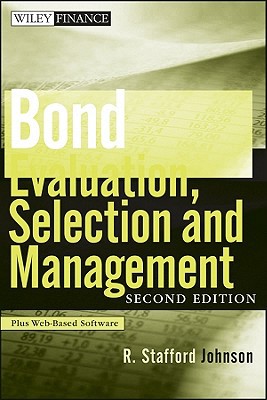Short-Answer Questions: a. What was the primary factor that contributed to the dramatic growth in futures trading
Question:
Short-Answer Questions:
a. What was the primary factor that contributed to the dramatic growth in futures trading over the last twenty years?
b. What is a hedge called in which the asset underlying the futures contract is not the same as the asset being hedged?
c. A bond manager who hedged her expected sale of 10-year, AA bonds in early September with a CBOT T-bond futures would be subject to what types of hedging risks?
d. How much cash or risk-free securities would a speculator have to deposit in a commodity account if he goes long in one September T-bond futures contract at 95 and the initial margin requirement is 5%?
e. Who ensures that the price on an expiring futures contract is equal or approximately equal to its spot price?
f. What is the number of futures contracts outstanding at a given point in time called?
g. How does a physical futures market provide continuous trading without market makers or specialists?
h. What is the trading referred to when exchange members trade for both their clients and themselves?
i. What is the actual price on a T-bill futures contract, if its quoted IMM index price is 92?
j. What is the implied YTM on a September T-bill futures contract that is trading at 93 (IMM index price)?
k. What is the expiration futures price per $100 face value on an expiring Eurodollar futures contract if the three-month LIBOR is 5% on the expiration day?
l. What is the major difference between Eurodollar and T-bill futures contracts?
m. How much would the actual Eurodollar futures price change, if the IMM index moves one point?
n. What is the implied futures YTM on a March T-bill futures contract trading at 93.75 (IMM index)?
Step by Step Answer:







